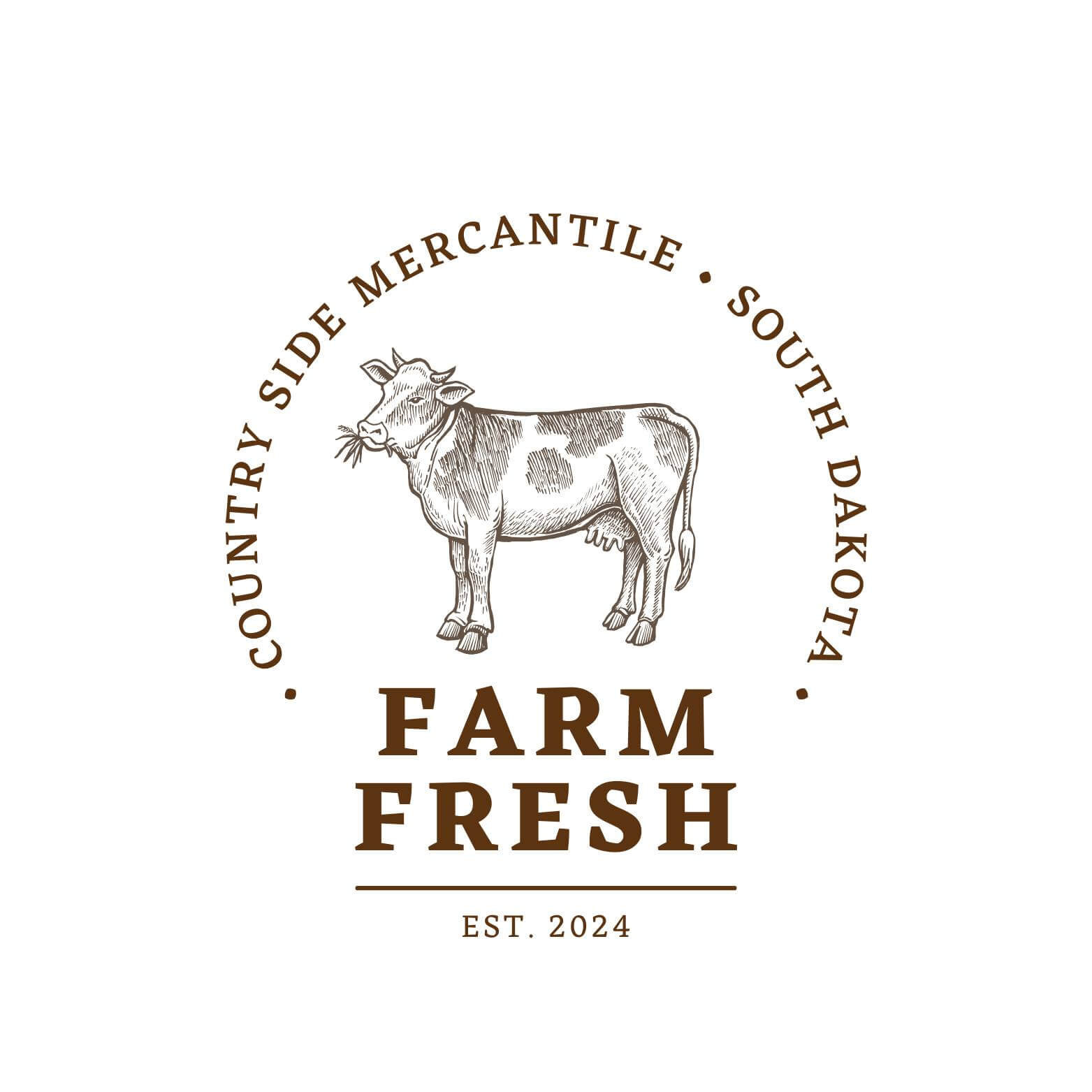Plastic vs. Glass Jars for Raw Milk: Which is the Best Choice?
posted on
October 6, 2025
If you drink raw milk, you already know freshness and quality are everything. But did you know the container you store raw milk in can affect flavor, safety, and shelf life? Choosing between plastic vs. glass jars for raw milk isn’t just about convenience—it impacts freshness, safety, cost, and sustainability.
Let’s explore the differences so you can decide which container is best for your family.
Freshness and Taste: Raw Milk in Glass vs. Plastic
One of the biggest factors in raw milk storage is freshness. The container plays a direct role in how long raw milk tastes sweet, clean, and true to its natural flavor.
Glass Keeps Milk Pure and Fresh
Glass jars are non-porous, meaning they don’t absorb odors from the fridge or interact with raw milk’s delicate fats and proteins. The result? Milk that tastes pure, clean, and unaltered—from the first pour to the last.
Plastic Can Affect Flavor
Plastic containers are slightly porous. Over time, they can absorb odors (like onions or leftovers in the fridge) and may leach trace compounds into the milk. Scratches in plastic can also trap bacteria, which can shorten freshness and alter flavor.
Shelf Life Advantage
Both plastic and glass keep milk cold in the refrigerator, but glass has an edge—it retains cold longer once removed. Many raw milk drinkers report their milk tastes fresher for more days when stored in glass compared to plastic.
✅ If you’re asking how to keep raw milk fresh longer, glass jars are the gold standard.
Safety: Plastic vs. Glass Jars for Raw Milk
Safety in raw milk containers isn’t just about temperature—it’s also about the material itself.
Breakage and Handling
- Glass jars: Can break or shatter if dropped, creating a hazard in busy kitchens or around kids.
- Plastic containers: Won’t break if dropped, making them safer for travel or households on the go.
Chemical Safety
- Glass jars: 100% inert. They won’t leach chemicals or interact with milk.
- Plastic containers: Food-grade, BPA-free plastics are safe, but lower-quality plastics may leach chemicals over time, especially if exposed to heat.
Sanitization & Hygiene
- Glass: Easy to sterilize in boiling water or the dishwasher. Scratch-resistant, leaving fewer spots for bacteria to hide.
- Plastic: Prone to scratching, which creates places for bacteria to linger. Must be replaced more often to maintain hygiene.
Temperature Stability
Glass holds temperature longer, which helps raw milk stay cold and safe. Plastic warms faster and may warp under heat.
👉 If your priority is safe raw milk storage, glass is the clear winner.
Cost Comparison: Plastic vs. Glass Jars for Raw Milk
When families choose containers, cost of raw milk storage is often top of mind. At first glance, plastic seems cheaper—but the long-term math tells another story.
Upfront Price
- Plastic: Lower initial cost, especially when bought in bulk.
- Glass: Higher upfront investment, especially for gallon or half-gallon jars.
Durability & Lifespan
- Glass: Can last indefinitely if handled carefully.
- Plastic: Scratches, stains, and warps over time, requiring replacement if reusing.
Replacement Costs
- Glass: Rarely needs replacing unless broken.
- Plastic: Needs regular replacement, adding up over time.
Environmental Costs
Glass is recyclable and endlessly reusable. Plastic is less eco-friendly and often ends up in landfills.
✅ Bottom Line: Glass jars save money in the long run and are the more sustainable choice.
Sustainability: Raw Milk and Eco-Friendly Containers
For families who value sustainable raw milk practices, the choice between plastic and glass is clear.
- Glass: Reusable, recyclable, and environmentally safe.
- Plastic: Lower upfront cost, but higher long-term environmental impact.
If supporting the planet is part of your values, glass jars for raw milk align best with sustainability.
Convenience: When Plastic Makes Sense
While glass often wins on freshness, safety, and sustainability, plastic still has its place.
- Lighter to carry
- Safer for travel (no risk of breaking in the car)
- Handy for families with young kids or busy schedules
👉 If convenience is your priority, plastic may work better for short-term storage and transport.
Final Verdict: Should You Store Raw Milk in Plastic or Glass?
When weighing freshness, safety, cost, sustainability, and convenience, here’s the breakdown:
- Glass jars: Best for freshness, flavor, safety, and long-term savings.
- Plastic containers: Best for convenience and break-resistance.
✨ The Bottom Line: If you want to keep raw milk as fresh, safe, and pure as possible, glass jars are the gold standard. But for families who prioritize convenience, plastic containers can still serve as a practical short-term option.



